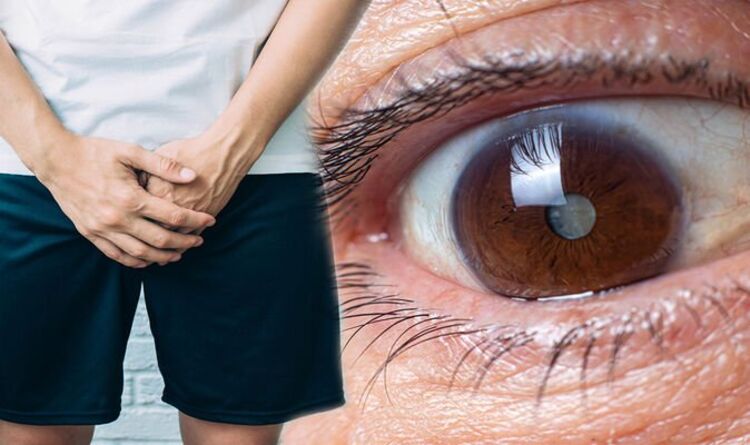Gonorrhoea: The facts and how to prevent the infection
We use your sign-up to provide content in ways you’ve consented to and to improve our understanding of you. This may include adverts from us and 3rd parties based on our understanding. You can unsubscribe at any time. More info
Gonorrhoea is a sexually transmitted infection that can infect both men and women. It is caused by bacteria called Neisseria gonorrhoea ad is easily passed between people through unprotected vaginal, oral or anal sex.
Optometrist Roshni Patel said: “Practising safe sex is extremely important and can protect individuals from sexually transmitted diseases (STD).
“Some STDs can start as asymptomatic which, if left untreated, can cause serious health-related problems that can also impact your eyesight, including eye infections and even blindness.
“Normally affecting parts of the body involved in sexual contact, those suffering from gonorrhoea may find that their eyes can also be affected as well.
“Symptoms usually take three to five days to appear, however, they can also occur as soon as one day or even up to one month after being infected.”

According to Patel, the common early symptoms found in the eyes include:
- Thick discharge that may appear yellow/green
- Sensitivity to light
- Pain
- Redness in or around the eyes.
If you do not get treatment, there is risk the infection may spread to other parts of the body and cause complications, according to Bupa.
It advises: “Not everyone who gets Gonorrhoea will have complications, but the more times you have the infection, the greater your chance of becoming infertile.”
In women, gonorrhoea can lead to pelvic inflammatory disease if the infection spreads to your womb (uterus), fallopian tubes and ovaries. Pelvic inflammatory disease can make you infertile and cause ectopic pregnancy.

“Gonorrhoea of the eye is extremely rare in adults,” added Patel.
“However, if you think you may have it, it’s important to seek medical treatment as soon as possible so that the right treatment plan is created for you.
“There are ways in which to reduce your risk of developing an STD.
“Using condoms and oral sex barriers will help prevent your exposure to STDs while getting tested regularly at your local health clinic will assist in catching them early if you do have an STD.”
Other symptoms of gonorrhoea include:
- Painful urination
- Pus-like discharge from the tip of the penis
- Pain or swelling in one testicle
- Increased vaginal discharge
- Painful urination
- Vaginal bleeding between periods, such as after vaginal intercourse
- Abdominal or pelvic pain.
Source: Read Full Article






